Profoto is busy developing their A series line of flashes. Just look at the recent focus the company has put out on the Clic modifiers, notably, launching the Clic softbox, which we reviewed some time ago. A few users commented that the A1 series flashes will be too weak to be used under certain settings with the Clic softbox, which got me wondering if there is a more powerful flash coming along soon. There was: the Profoto A2.
Introduction
The Profoto A2 is a small, 100 W light that is made for the traveling photographer. Packing the best of what Profoto has to offer currently, the A2 is a comfortable alternative for those who see the B10x as too big. It does almost everything its bigger brother, the B10X, does. The differences are the amount of power it delivers, size, and ability to adust modeling light temperature. The A2 is truly tiny, not larger than a cup of coffee or Swedish Glögg. This does come at a premium. As with everything Profoto you need to be prepared to shell out a decent amount.
Build Quality
The Profoto A2 has traditionally solid construction. It feels and handles like an expensive light. Weighing 27.3 oz or 773 g, it is not too heavy to handhold for long periods of time. Honestly, compared to the B10, I would pick the A2 each day every day if I'm running and gunning. Profoto advertises the light to be the size of a soda can, which is true. It will fit in small camera bags, even the sling bags made for a single camera body with a lens or two. In the absolute worst-case scenario, you can throw the A2 in the water bottle holder on your camera bag. The A2 will stay put. The body of the light is covered in a rubber-like material, which makes gripping the light easy. Compared to the B10, which is thicker and made from plastic, which may be slippery, the A2 wins. 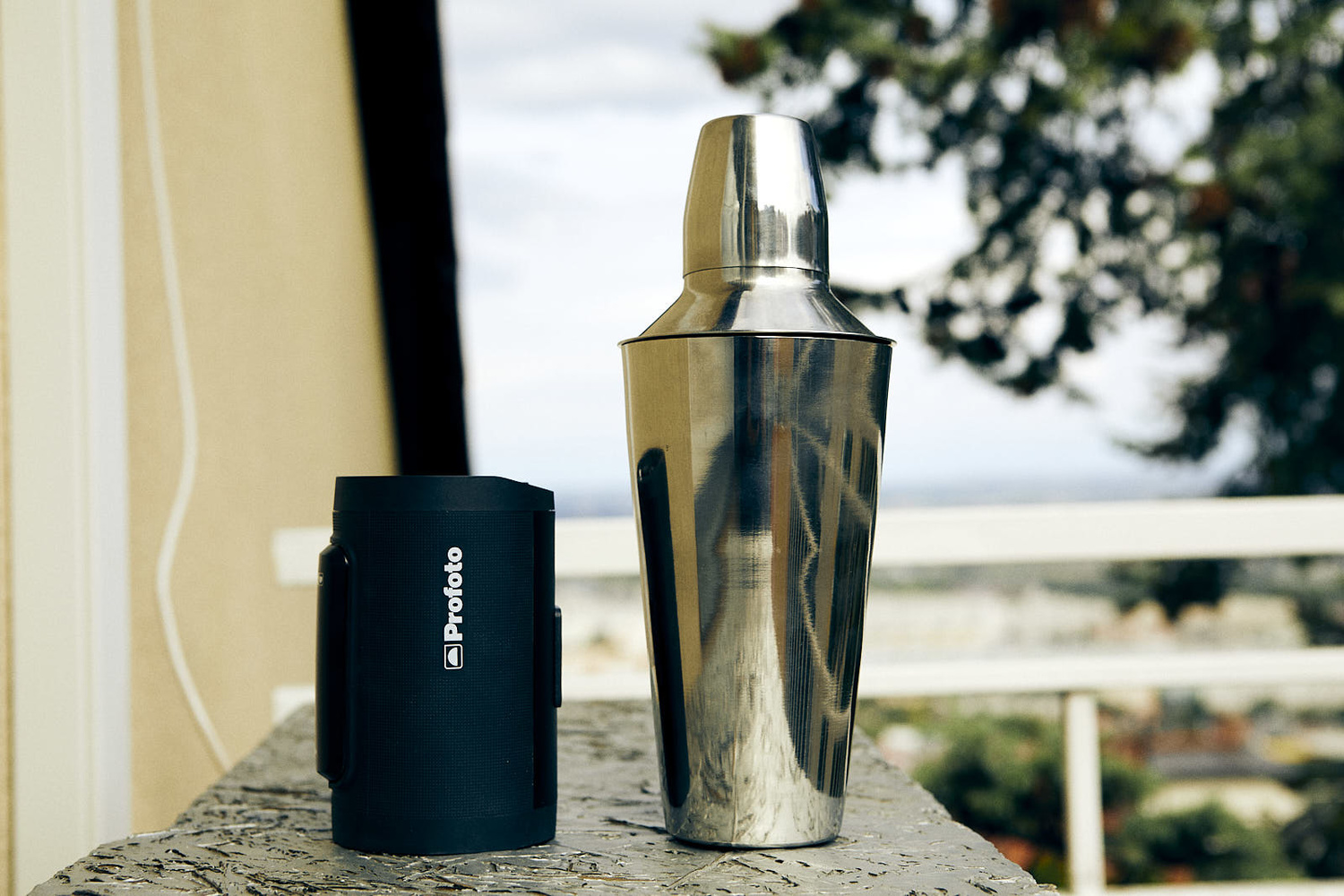
The Profoto A2 ships with a tilt bracket, which you can use to mount the light on the light stand, as well as put umbrellas on it. A few users complained about the knob being hard to work with on the B10 series; however, that problem has disappeared on the new A2, and I did not see any problems with tightening the light in place. 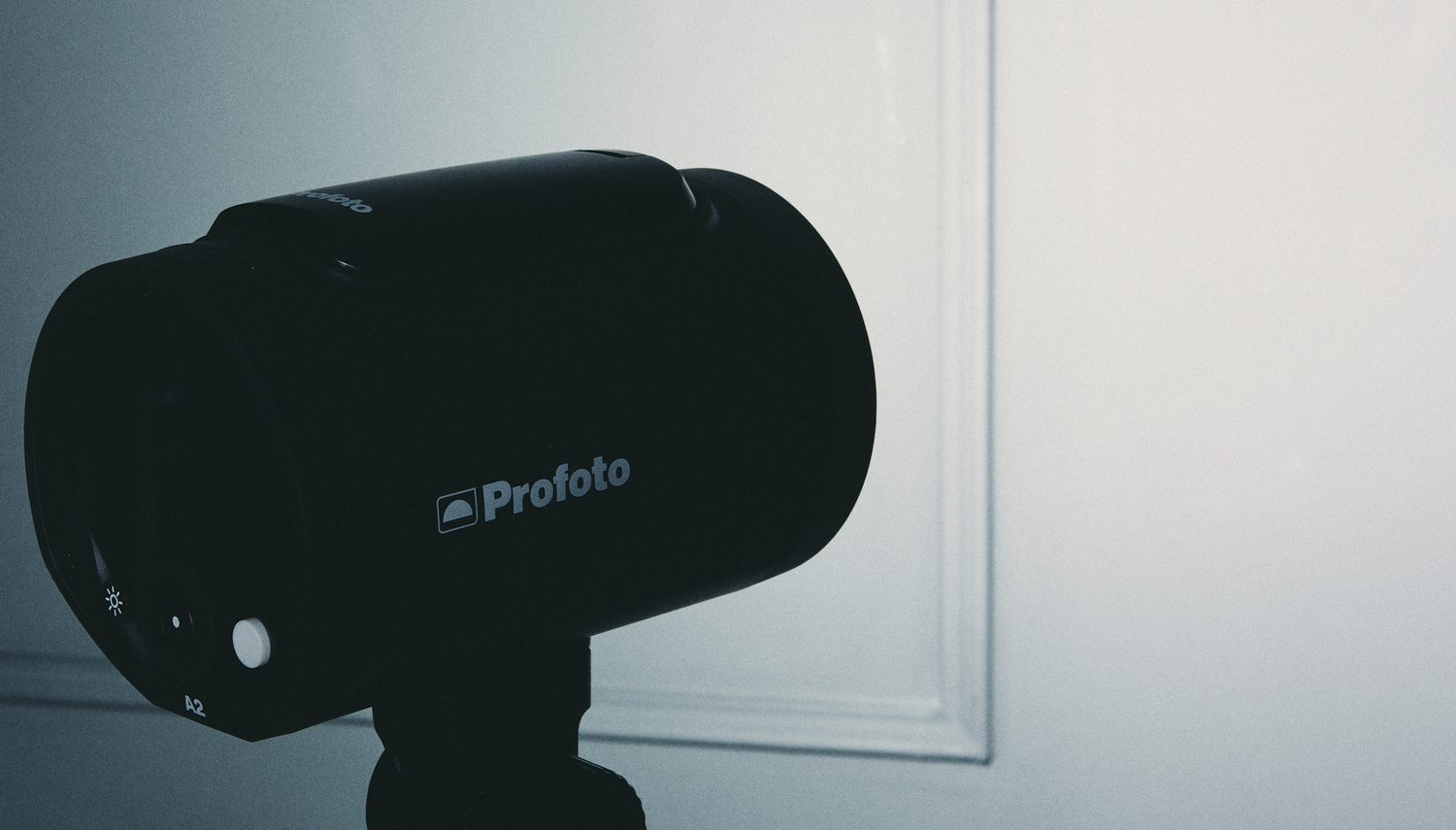
Features
Profoto is going hard at making connectivity between lights easier and better. This can be seen in their new Connect Pro release, which perhaps was overdue, as well as new features. The ability to control the A2 from your phone makes it even easier for photographers who want to carry less kit around. For example, a photographer who is using an A1/A10 on their camera in combination with a bunch of A2 lights will find it easier to simply open the app on their phone and set up the lights. The app itself is being improved constantly, and as of now, you can control nearly any feature of the A2 from a distance.
New connectivity in new Profoto lights enables having absolute power values. In the past, users were not able to see what power their light was set to without walking over and checking that on the unit itself. Now, you can simply check the screen of your remote and know. And yes, this was perhaps a reason a lot of users didn't use Profoto lights. Connectivity matters.


Personally, I love using AirX, and I secretly wish I owned more lights that support the technology because my current arsenal of strobes has Air-TTL at most. Funny enough, I am searching for a Pro-7a from 1998. But, when I do get to use AirX on demo units Profoto so kindly loans, the experience is second to none. I work faster and focus more on the creative side of the process. Profoto really put a lot of effort into improving the connectivity in their ecosystem, which is where the future of lighting possibly is.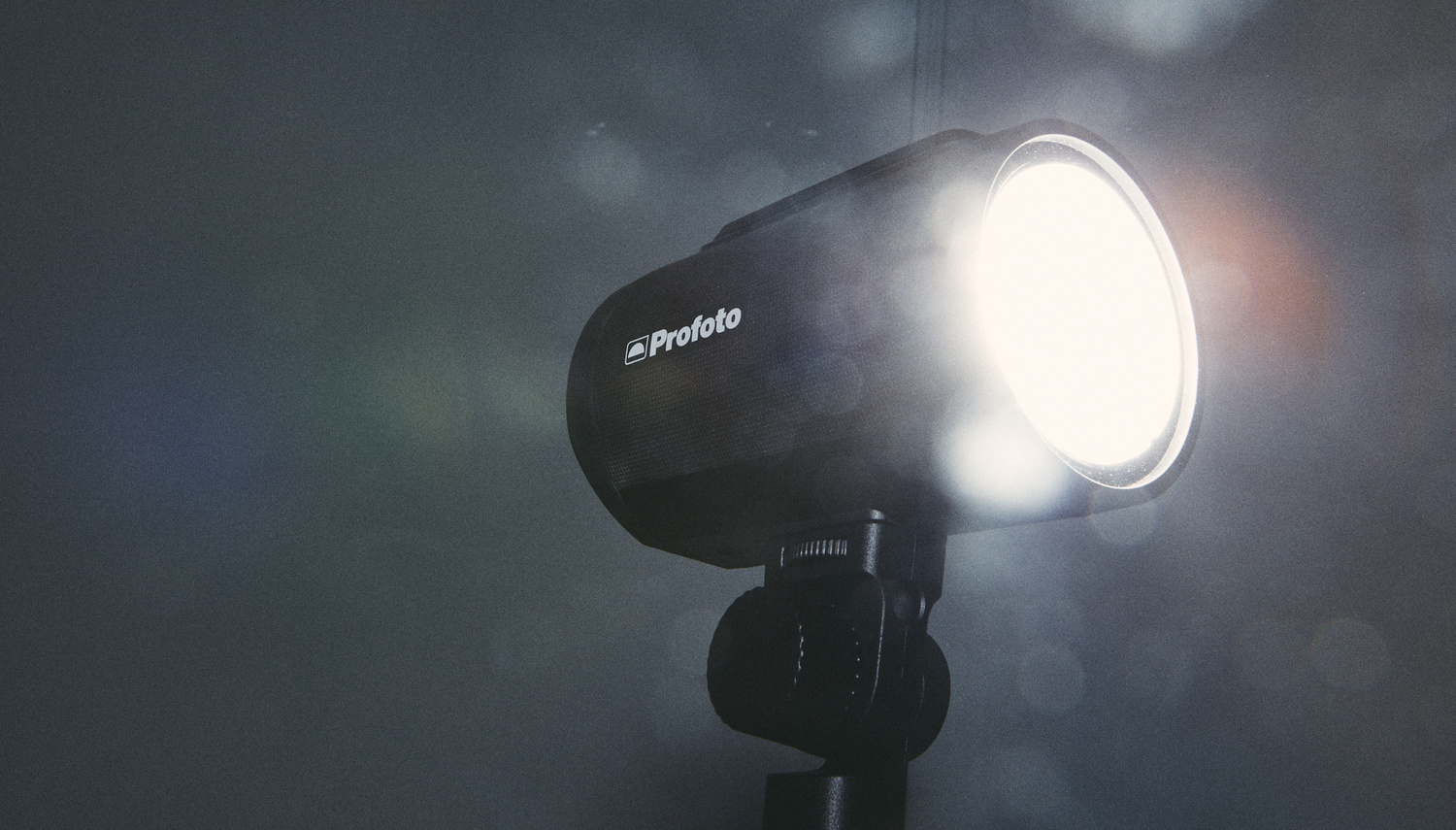
Light Quality
The A2 delivers 100 Ws of power at 5800K, which is slightly warmer than other Profoto lights. The flash duration is excellent, though, with a t.1 value of 1/350s at full power will freeze motion very well. The t0.5 value is even better: 1/1,200s, which is already reminiscent of the D2s performance. Remember that the A2 is a small light made for the traveling photographer. It won’t disappoint those who shoot active sports or freeze motion on events. The recycle time is nothing extraordinary, though: 1.6 s at full power. That's not too bad, but could be better since it is used primarily in run and gun operations, where the photographer may not have 1.6 seconds to wait for the action. The perfect moment only lasts so long.
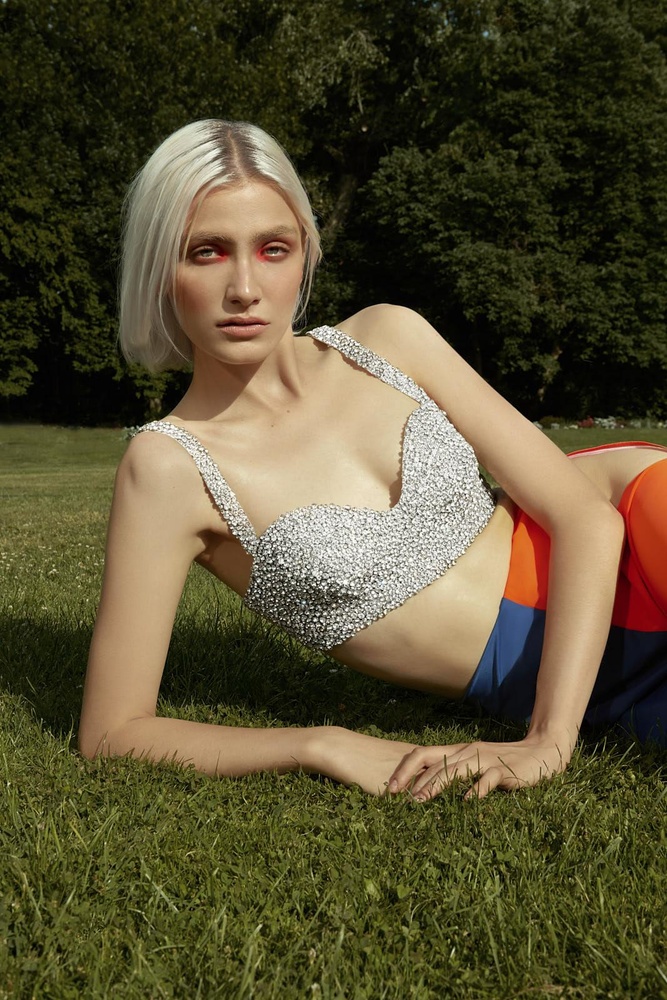
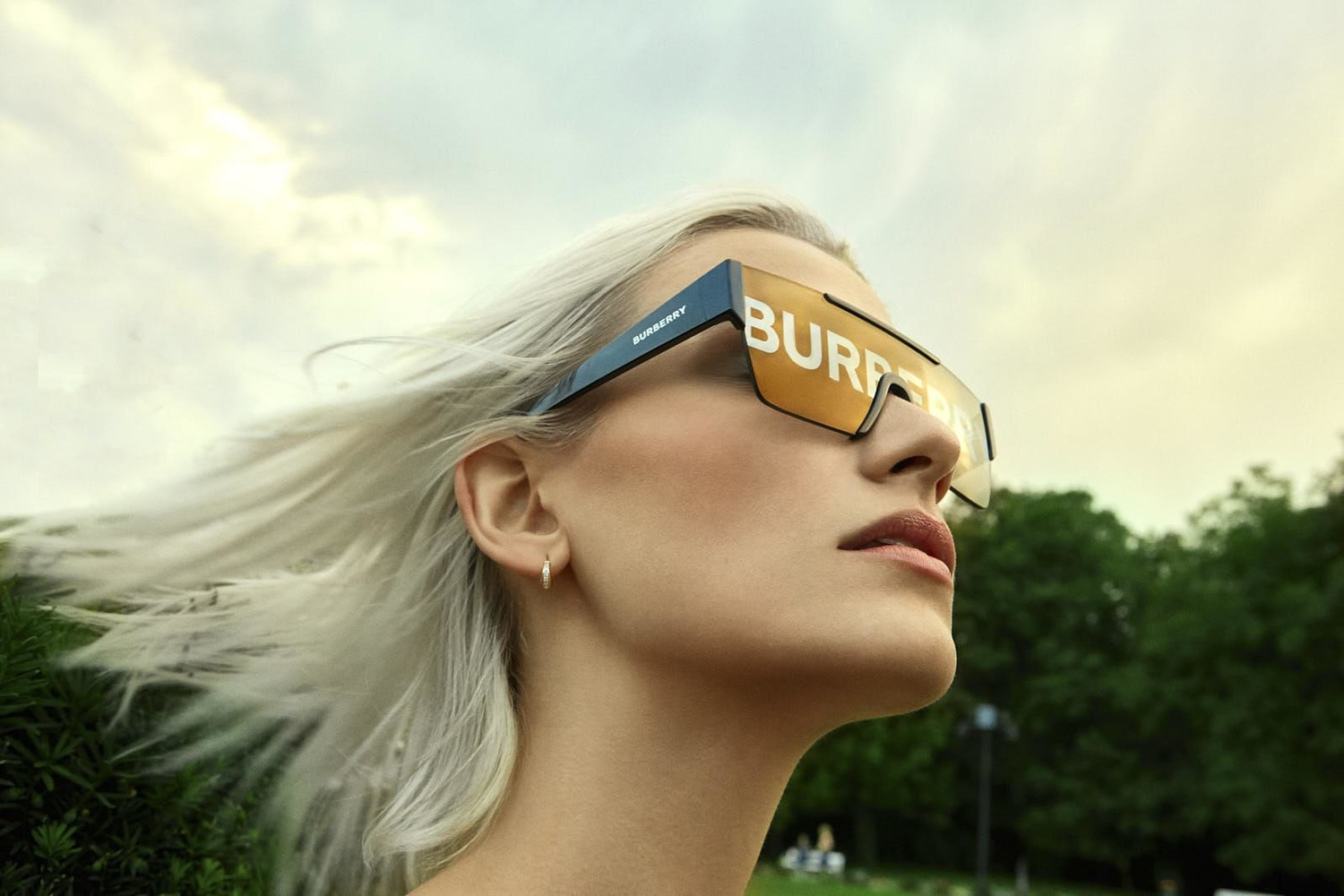
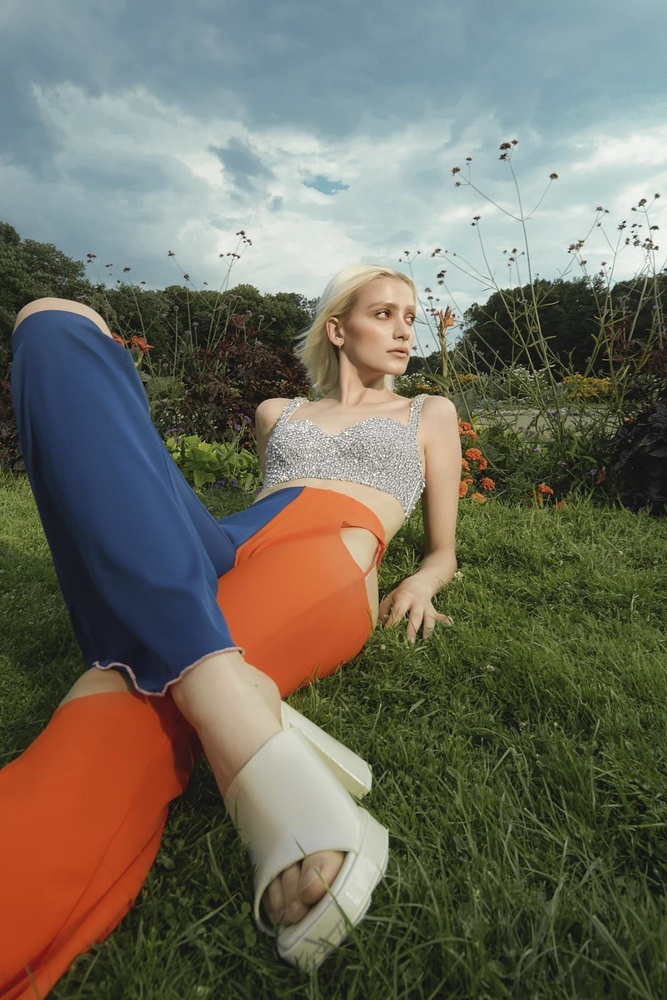
Who Is It For?
It stands between the A10, made primarily for on-camera use, and the B10, made primarily for the OCF range of modifiers. In a way, the A2 is simply a more powerful A10, but smaller and without a hot shoe. So, essentially, if you relied on a few A10s in your setup, say a multi-light wedding setup, you can slowly start to phase those out and invest in the A2. The A2 is smaller while being slightly more powerful than the A1. It is a perfect companion for the photographer who has to travel to shoot and often covers events or weddings. That is not to say that you can’t shoot portraits or other work with the A2. While it is not enough to overpower the sun, it is plenty for adding an extra punch of light to your image. So, the Profoto A2 is mainly for the traveling photographer who has the A1/A10 and wants to add extra lights that won’t take up too much space in the camera bag while being compatible with the Clic range of light shaping tools. I’d suggest getting two A2 lights and an A10 as a master light on your flash. That way, you will have a great three-light setup you can take with yourself. But be careful, as there are not too many Clic accessories available as of now, so it would be great to see more softboxes and modifiers made for the A series flashes. For now, there are grids, gels, and a Clic Softbox.
There is a Clic adapter made for the A2, which allows you to put OCF modifiers on the small light. However, it is the opposite of what the A2 tries to be: portable and small. I can't imagine too many photographers spending $299 on such an adapter. I would hope that this is similar to the original OCF adapter made for the A10 light: a temporary solution to the much bigger problem of lack of Clic softboxes and reflectors.


What I liked
- Size and weight
- Light quality
- Future-proof AirX technology
What Could Be Improved
- Price
- Variable temperature LED
- Range of accessories and modifiers
Closing Thoughts
Priced at $1,000 the A2 is a light that delivers above the A1/A10, but below the B10x. It will be a great companion for wedding, street, and outdoor photography projects, but won’t be so useful in the studio because of its low power. Ultimately, the A2 is a brilliant run and gun flash. The competition, such as Elinchrom One, delivers 30 W more light, but it won't be so compact. Godox has a similar 100W light, the AD100. However, it will be less consistent, and build quality won't be as good. With that in mind, you can get a three-light AD100 kit instead of one A2.
Ultimately, the A2 is a lightweight portable light that fits very well with the existing Profoto ecosystem and is priced reasonably well for a Profoto product.
What do you think about the new A2? Will you be adding it to your setup? Let us know in the comments!







You actually confirmed what I said, he has a variety of packs and head for a purpose in other words an ecosystem that's been tuned for what he does not what's trendy on forums. Thanks.
Hahaha. Oh, man, you must work for CNN. Reminds of "Fiery but mostly peaceful protest..."
Whatever dude, I hope you get the help you need.
Ahhh, famous last words of someone who can't win an argument.
Talking about Francisco? yes, I agree 100%
Don't be such a child. He hasn't even posted. And, you seem to be obsessed with him. This is now second time you brought up his name. He must have really done a number on you.
Haha, you're funny. Yeah the guy used to give a thumb down to anyone who didn't comment the way he was hoping on his OWN videos but mostly if anyone said anything that was not embellishing "Godox" lol. This is not YouTube for a reason. You call me immature, man, I can't even be mad at you after writing this and also because the two of us can argue one day agree the next like semi normal people.
Three mains packs which use the same heads, three other packs, the battery units which use their sets of heads. ALL of the equipment use, with the exception of head extension cables, completely interchangeable accessories.
Nice. But, don't you think it's a little silly to compare 1200Ws+ against a 200Ws and then complain the 200Ws overheats for your use?
I am primarily thinking of my b600s, battery driven . . . I don't really use speedlights, but of note here . . . I still have . . . somewhere under a pile of stuff . . . a Vivitar 285hv . . . which never overheats either.
You, and others don't seem to understand. Godox, and all these other companies simply need to put their innards into a slightly larger box . . . maybe 30-50%, and leave a couple of air holes . . . that woiuld improve their performance greatly . . . or more precisely, their ability to continue operating at a reasonable level. Then they might be considered useful tools
. . . telling a subject to wait for x seconds while your toy cools down before the next shot makes one look like the fool they are.
--- "I bought the ad200s for the barebulb use in a compact space. Profoto sticklights or Bacht equivalents cost . . . well, . . . they cost. "
Sounds like you didn't factor in the power required for the job. You simply went with because it's barebulb and less expensive.
--- "telling a subject to wait for x seconds while your toy cools down before the next shot makes one look like the fool they are."
I agree. This is why one must act like a professional and acquire the power required for the job. Don't use a 200Ws at full power when what is needed is a 600Ws at about half power (or less); or 1200Ws at a fraction power. Surely, you understand this concept? Yes?
I bought the ad200s for the barebulb use in a compact space. Profoto sticklights or Bacht equivalents cost . . . well, . . . they cost. Further, a specialized light like that cannot be found for rental unless you are in London, NY, etc . . . so, for the minimal use I was to give them, the ad200s were a viable, though not preferable choice . . . and, even if only one usage, not much more expensive than renting and shipping back and forth for a Profoto or Bacht tube . . . otherwise, I would never have considered them.
I use more and more my 600s, and while they are seperate pack/head entities, they are still really lightweight and fairly compact . . . and ultra ultra reliable.
I have of late, been testing at the request of a supplier, some gear out of China. A lot of it is fun . . . most of it has too many bells and whistles that no one needs, but assuages the mass of gullible people . . . what is common to everything I have used in the past six or so months, is that the colour temp is a) nowhere near what is claimed, and b) varies considerably with heavy use . . . again
. . . that NEVER happens with Profoto, Broncolor, etc
Illya Ovchar Nice article! I personally like the new A2, but don't have a need right now. I might pick one up in the future. What I really want to bring up is the constant argument, "I can buy 7 Godox xxx's for 1 Profoto yyy!". The price for Profoto products is high and the price for Godox is low, but seldom, if ever, people look at the two manufacturer's situation. Profoto equipment, when exported, is hit with at least a 40% export tax. That's 40% to the Swedish government before anything else. Compare that to China, who's government (CPC) subsidizes many exports to gain market share and drive out competition in countries such as the US. Take that 40% tax out of the equation and the playing field would be different.
Possible but what about the stuff made in Switzerland? Do they have a similar heavy export tax? I mean other brands than Profoto.
Yes, perhaps that’s a factor I didn’t consider. Although as far as I’m aware Profoto doesn’t manufacture in Sweden, rather in China or South Korea. Their older units were at some point made in Sweden though
Same with Broncolor, some parts are obviously produced by Godox and probably other suppliers. For example the RFS2.2 uses a Godox body. People get confused but the Godox transmitter and the Broncolor one have absolutely nothing in common when it comes down to functionality.
Thanks Illya and Benoit! I was working on old assumptions and your comments prompted me to look at Profoto's financials. It appears that manufacturing has moved out of Sweden and that in 2021 Profoto paid around 24% overall taxes. It's still a bit of an unfair advantage because China Inc. is a formidable competitor with plenty of capital and in a position to waive taxes, export tariffs, buy market share, etc, at will. Kia (as an example) initially "bought" market share to gain a strong foothold of dealerships in the US. Wish I could access Godox financial statements for a more direct comparison.
I never fail to be surprised how much hate profoto gets